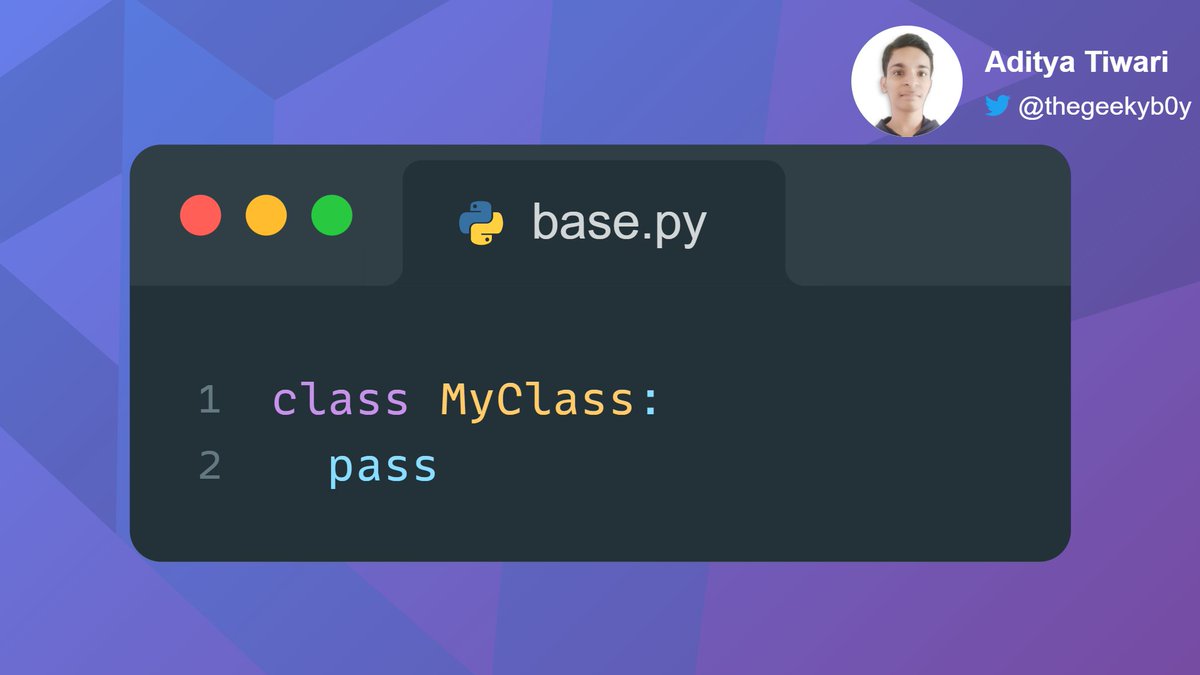Python's Math module has many powerful commands that allows you to perform many mathematical tasks easily.
#Python #AI #MachineLearning
#100DaysOfCode #DataScience
Let's have a look at some of them 🧵 ↓
#Python #AI #MachineLearning
#100DaysOfCode #DataScience
Let's have a look at some of them 🧵 ↓

4. There are some trigonometric functions too , math.sin() , math.cos() and math.tan() return the values of their arguments.
Example 👇
Example 👇

Thankyou for reading the thread.
I hope you got something to learn from this thread. Make sure to give it a retweet for your audience to enjoy as well.
Also , follow me if you are interested in #Python #webdevelopment #javascript ❤
@TheGeekyB0y
I hope you got something to learn from this thread. Make sure to give it a retweet for your audience to enjoy as well.
Also , follow me if you are interested in #Python #webdevelopment #javascript ❤
@TheGeekyB0y
• • •
Missing some Tweet in this thread? You can try to
force a refresh
























